The Tesla robotaxi service, as stated, would be a significant leap in capability from what is currently available.
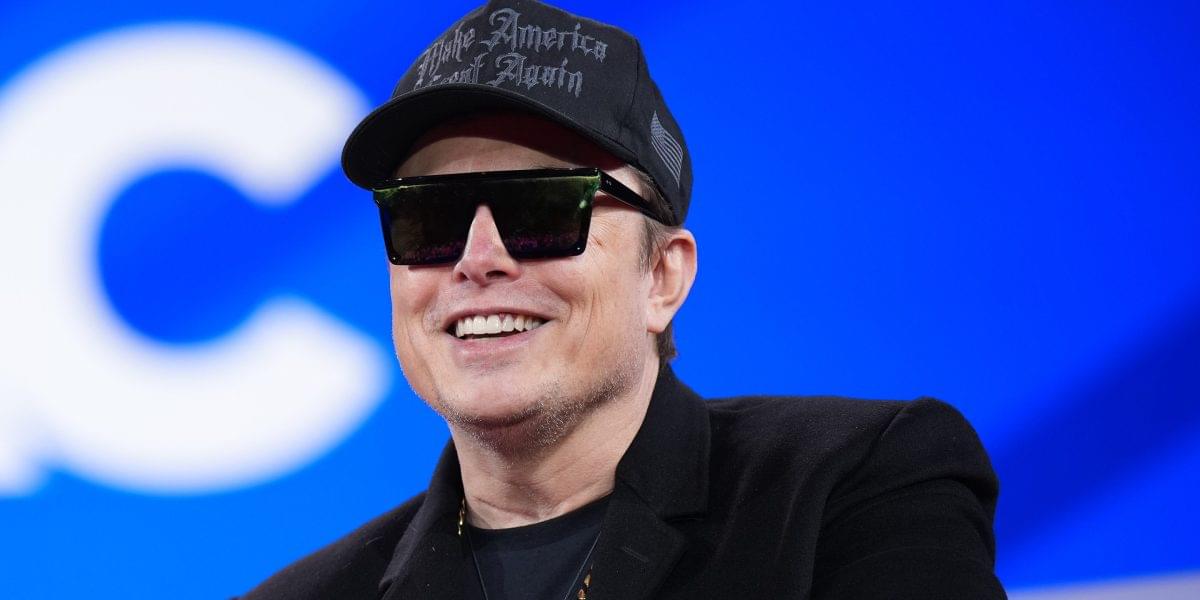


In a new Nature Communications study, researchers have developed an in-memory ferroelectric differentiator capable of performing calculations directly in the memory without requiring a separate processor.
The proposed differentiator promises energy efficiency, especially for edge devices like smartphones, autonomous vehicles, and security cameras.
Traditional approaches to tasks like image processing and motion detection involve multi-step energy-intensive processes. This begins with recording data, which is transmitted to a memory unit, which further transmits the data to a microcontroller unit to perform differential operations.

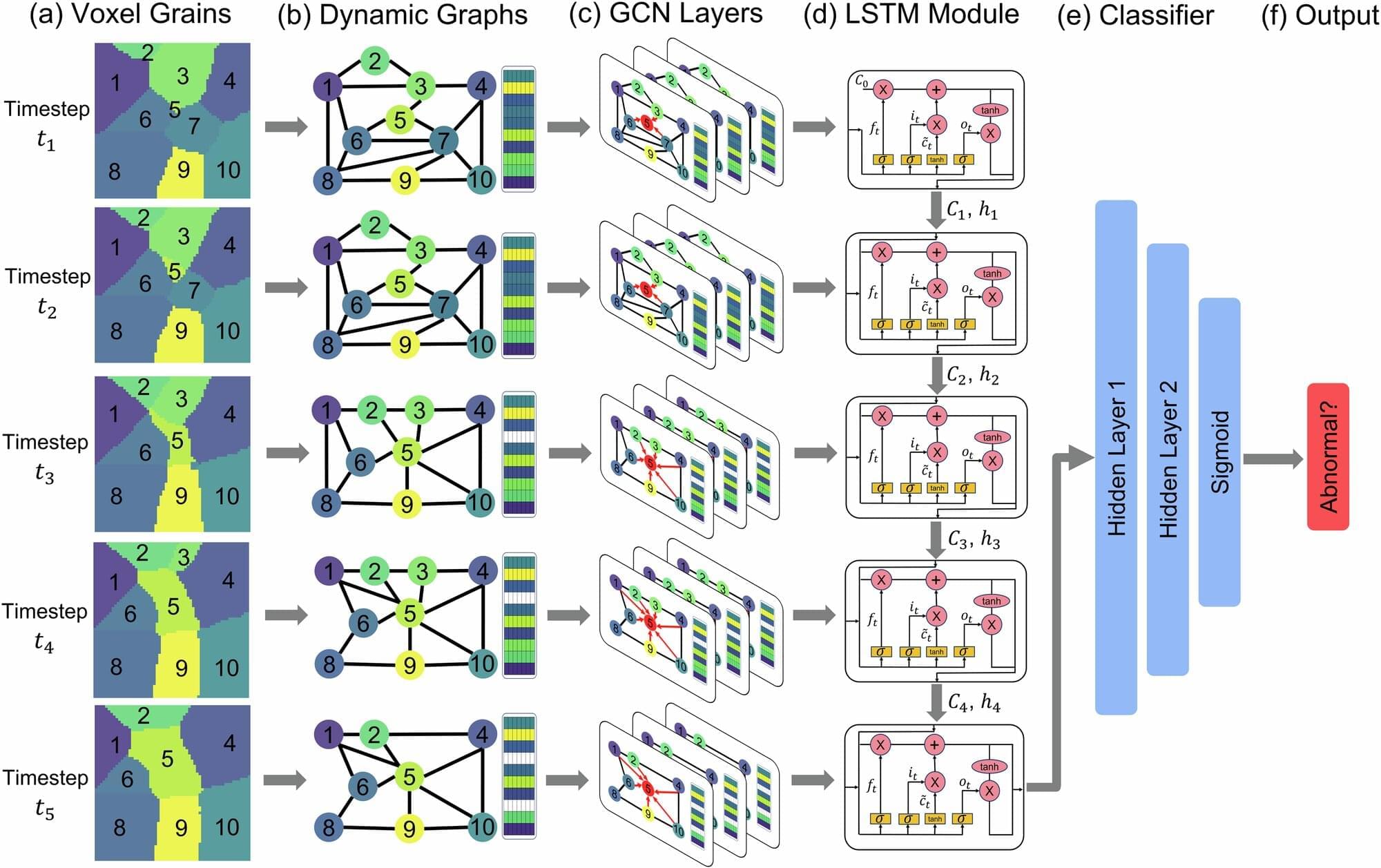
A team of Lehigh University researchers has successfully predicted abnormal grain growth in simulated polycrystalline materials for the first time—a development that could lead to the creation of stronger, more reliable materials for high-stress environments, such as combustion engines. A paper describing their novel machine learning method was recently published in Nature Computational Materials.
“Using simulations, we were not only able to predict abnormal grain growth, but we were able to predict it far in advance of when that growth happens,” says Brian Y. Chen, an associate professor of computer science and engineering in Lehigh’s P.C. Rossin College of Engineering and Applied Science and a co-author of the study. “In 86% of the cases we observed, we were able to predict within the first 20% of the lifetime of that material whether a particular grain will become abnormal or not.”
When metals and ceramics are exposed to continuous heat—like the temperatures generated by rocket or airplane engines, for example—they can fail. Such materials are made of crystals, or grains, and when they’re heated, atoms can move, causing the crystals to grow or shrink. When a few grains grow abnormally large relative to their neighbors, the resulting change can alter the material’s properties. A material that previously had some flexibility, for instance, may become brittle.
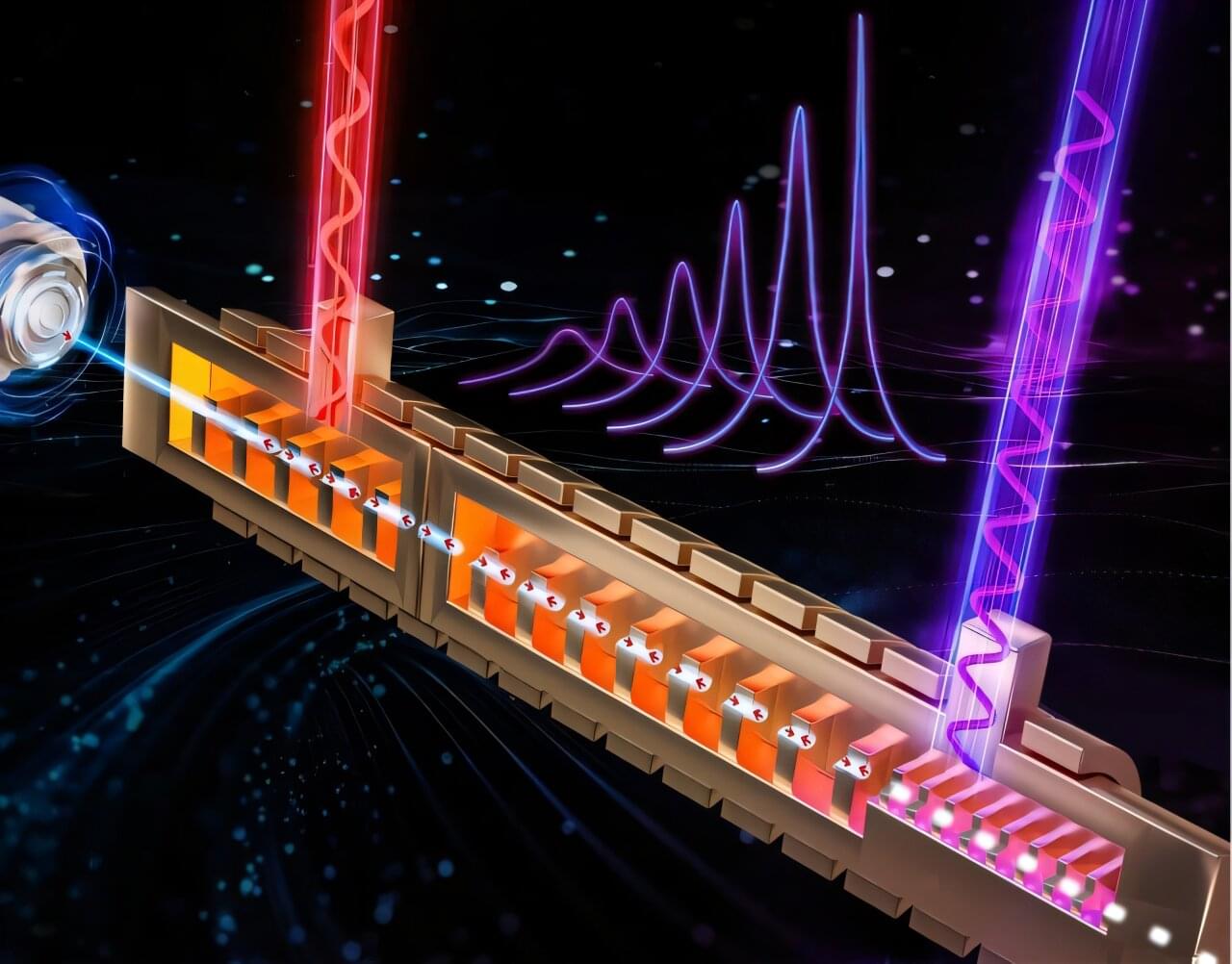
Superradiant Smith-Purcell radiation (S-SPR) is a kind of free electron radiation with a train of free electron bunches passing over a periodic grating. In theory, the ultra-narrow spectral linewidth of S-SPR could be realized, which would be greatly beneficial to various applications such as imaging, sensing and communication.
However, in the free electron accelerators, customized setups and orotrons, the instability of electron kinetic energy, coulomb effect and the finite number of electron bunches worsened the radiation linewidth, and the large size of equipment limits the application scenarios.
In a new paper published in eLight, a team of scientists, led by Professor Fang Liu and Yidong Huang from the Department of Electronic Engineering, Tsinghua University, China, have developed the first compact S-SPR device with ultra-narrow and continuously tunable spectral linewidth.
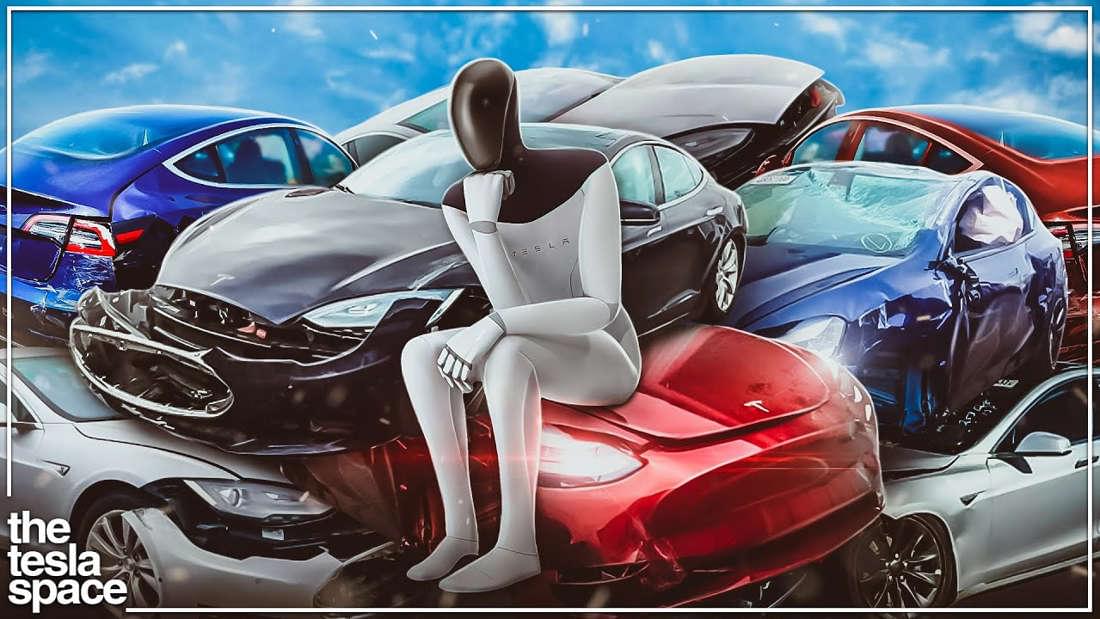
In a groundbreaking leap toward cleaner, more affordable energy, scientists in France held a fusion reaction steady for over 22 minutes — shattering the previous world record. If that number sounds insignificant, here’s why it’s a big deal: That is 1,337 seconds of controlled, blazing-hot plasma, the critical ingredient needed to power nuclear fusion, a nearly limitless energy source that does not rely on polluting fuels like gas, coal, or oil.
This milestone brings us one step closer to a dream energy future: one where our homes, cities, and electric cars are powered by a technology that mimics the sun — minus the radioactive waste and environmental damage of traditional nuclear power.
Nuclear fusion has the capability to solve a major problem with polluting energy sources. Right now, our power mostly comes from dirty energy that pollutes the air and contributes to extreme weather. While solar and wind energy are gaining momentum, fusion offers something different: the possibility of continuous, around-the-clock clean energy using hydrogen — the most common element in the universe — as fuel.
Questions to inspire discussion.
Q: 🤖 What are Kirk’s predictions for Tesla’s robotaxi rollout? A: Kirk predicts at least 1 million robotaxis on the road by end of 2026, with potential for 2–5 million by end of 2027.
Q: 🦾 When does Kirk expect Tesla to sell Optimus robots to third parties? A: Kirk expects Optimus sales to third parties in the second half of 2026.
Q: 💰 What is the estimated rental price for Optimus robots? A: Kirk estimates Tesla will rent Optimus robots for $110,000-$120,000 per year.
Market and Economic Predictions.
Q: 💹 What economic environment does Kirk predict for late 2024? A: Kirk predicts a booming economic environment by Q4 2024, driven by the AI revolution and productivity increases.
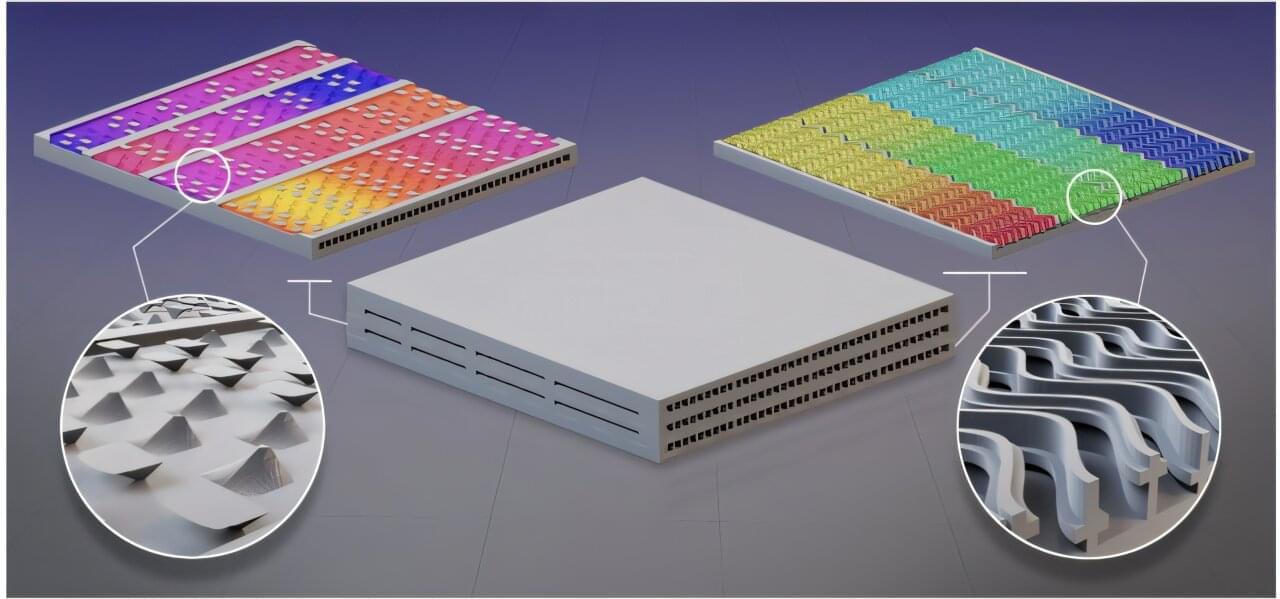
Billions of heat exchangers are in use around the world. These devices, whose purpose is to transfer heat between fluids, are ubiquitous across many commonplace applications: they appear in HVAC systems, refrigerators, cars, ships, aircraft, wastewater treatment facilities, cell phones, data centers, and petroleum refining operations, among many other settings.